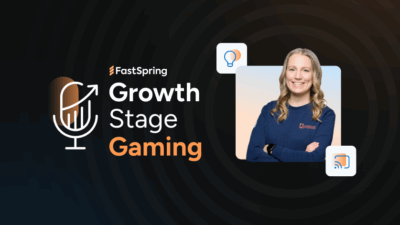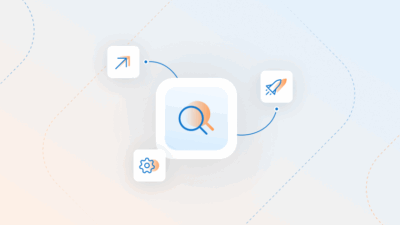When you start a digital business, you’re often creating a product or service that solves a problem you’ve noticed in your own life. Which means you understand your audience because you are your audience.
But there’s a good chance there are other groups of people—different from yourself—who also want to buy your product. In that case, you need to do some more research to truly understand who your customer is.
And one of the best ways to get to know your audience is to create a customer profile.
There are a lot of different names for customers profiles—buyer personas, customer personas, audience personas, marketing personas, etc.—but they essentially mean the same thing …
What is a customer profile?
A customer profile is a very detailed description of your target audience. It is a fictional character who represents the real characteristics of your ideal customer. Essentially, it takes all your customer data and makes it human and personable.
To make your customer profiles feel real and relatable, they should have a name and a face … literally. Here’s an example from SmartBug of a customer profile:
What’s great about this customer profile is that it’s simple and informative. You know her name, what she looks like, and her demographic and psychographic information, and to help you connect with this person on a meaningful level.
If you want to take your customer personas to the next level, some businesses even create cardboard cutouts and display them in the office to make them as lifelike as possible. How you choose to represent your customer profile is up to you. The goal is to make sure it is easy to understand and helpful to your internal teams especially Sales and Product.
What’s the difference between demographics and psychographics?
In order to create robust and useful customer profiles, you need to include both demographic and psychographic information. Here’s the difference:
Demographics
- Age
- Race
- Ethnicity
- Gender
- Marital status
- Income
- Education
- Employment
Psychographics
- Habits
- Hobbies
- Values
- Motivations
- Challenges
Put simply, demographics explain who your buyer is, and psychographics explains why they buy.
Where do I get customer data?
Surveys
Whether you choose to send out survey invites to past customers or offer product discounts as an incentive to complete a few questions, surveys are a great way to gather demographic information. Because of the impersonal nature of surveys, it’s harder to get really detailed data about your customers.
Interviews
You can perform interviews over the phone, in-person, or even through chat features on your website. For digital businesses, in-person interviews are probably not a great option. But if you can pull off a phone or online interview, you’re sure to get some great insights about how your customers think and make purchase decisions.
Website Analytics
If you use Google Analytics, you can find tons of customer information in the Acquisitions tab. You can explore social media platforms, industry blogs, professional forums, and other websites that send traffic to your online shop.
You can also study keyword data to determine which search terms and descriptions your audience uses to find your business and services. These terms are ultimately what lead them to your online store.
This type of online data can help you decide where and when to reach your customer segments most effectively.
Social Media
Jump on a few different social media platforms (those used by your audience), and analyze conversations about your product or service. This will give you a good idea about how your customers talk about your products—features they like, problems it solves, areas of improvement, etc.
You can also use social media to check out some of your customers. I know, this sounds creepy, but hear me out. It’s all about getting a better understanding of your customers and collecting relevant data. Just don’t become a stalker.
How many customer profiles should I have?
There’s no right answer to this question; it all comes down to the data. As you look through your customer data, you may find there is more than one distinct group of people who are interested in your product or service. In that case, you should create as many customer personas needed to represent each segment of your audience.
Remember to look for overarching themes within demographics, interests, buying motivations, values, keywords, and online activity.
The nice thing about having multiple marketing personas is that it makes it super simple to create marketing messages. You know the keywords they’re using, where they’re located, their interests, their shoe size (just kidding, but that’s not much of a reach)—you know everything necessary to create highly targeted messaging that resonates with each of your marketing segments.
I’m not going to lie to you; creating buyer personas is a lot of work. But it’s totally worth it. In order to achieve your business goals, you have to have a deep understanding of your customers, and this is the best way to do that. And once you’ve divided your audience, created relatable buyer personas, and built a marketing campaign that matches their preferences, it won’t be long before the sales roll in.









